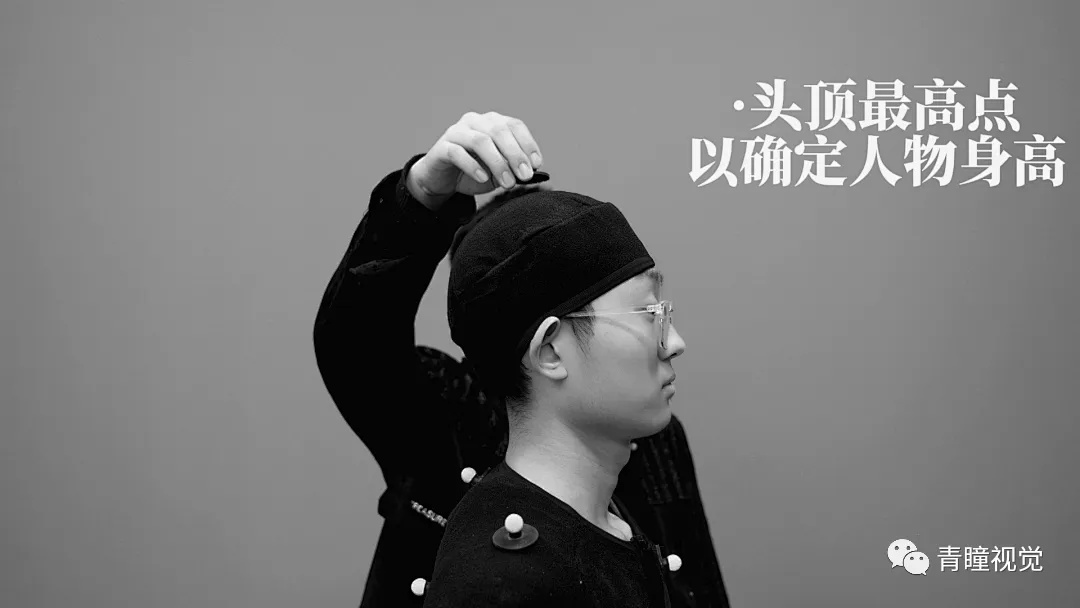
 CN / EN
CN / EN
How Many Marking Points Are There on a Motion Capture Actor?


professional motion capture suit
Motion capture actors need to wear functional clothing called motion capture suits during filming. The functionality of these suits lies in their ability to tightly wrap around the actor's body, accurately display the body shape, and prevent the suit from shifting during limb movements, facilitating the confirmation of the marking point positions. Additionally, it is convenient for attaching and fixing the marking points.

The positions of the marking points outline the initial shape of the actor's skeletal position, and the fixed and non-shifting marking point positions ensure the accuracy of the motion capture data.
Significance
Why is it important to wear the motion capture suit correctly and attach the marking points accurately?
1.Wearing the motion capture suit correctly ensures the consistency of the captured skeletal model before and after.
2.Correctly attaching the marking points actually marks the relative distance and direction between the human bones. Non-shifting marking points can ensure that the position information and bone length remain unchanged, directly determining the quality of the motion capture data.
Therefore, correct wearing and marking point attachment are crucial for motion capture.
Question
How many marking points does a motion capture actor have?
Taking the conventional marking point attachment method in film and television animation as an example:
Head: 5 points.
The highest point on the top of the head is used to determine the height of the character, and the other 4 points are marked at the front, back, left, and right respectively.

Upper torso: 14 points.
1 point at the collar, 1 point at the midpoint of the front center line, and 3 points at the front hip. 1 point on each side of the shoulder at 1/3 of the distance from the shoulder point. 1 point on the inner side of each scapula on the back, 1 point at the intersection of the spine and the shoulder line, 1 point at the midpoint of the back center line, which is on the same horizontal line as the midpoint of the front center line, and 3 points at the back hip.

Arms: 16 points.
1 point at the midpoint of the upper arm, 1 point at the midpoint of the forearm, and 2 points at the olecranon, that is, the protruding positions above and below the elbow joint. 2 points at the wrist joint, 1 point at the base of the index finger, and 1 point 2 cm below the base of the little finger. The marking points at the joints can be tested for correct position by bending the joints.

Legs: 8 points.
1 point on the outer side of the thigh root, 2 points at the knee joint, and the point on the inner side of the knee needs to be attached slightly in front. 1 point at 2/3 of the distance from the knee on the tibia of the lower leg.

Feet: 10 points.
1 point directly in front of the front sole, 2 points at the bending joint of the front sole, 1 point directly below the ankle, and 1 point at the heel.


According to different usage scenarios and capture requirements, the number of marking points can be reduced or increased. For example, the marking point attachment methods in fields such as VR or biomechanics are all different. Especially in biomechanics, there are several common marking point attachment standards.
The marking point standards also come from the applied fields or enterprises, and then the engineers and technicians of Qingtong design the positions and methods of marking point attachment.
There is a common non-conventional situation where the motion capture object is a child or has a relatively slender body shape. In this case, the conventional motion capture suit will still be relatively loose when worn. Therefore, before attaching the marking points, the motion capture suit needs to be pre-adjusted.

Utilize adhesive straps to fix the loose excess on both sides of the waist, under the arms, and on the inner side of the legs. For specific methods, please refer to the video below.
https://www.bilibili.com/video/BV1AR4y1c7ib/?spm_id_from=333.999.0.0
Now that you have learned the correct wearing and marking point attachment methods, do you know why they are designed this way? The question is left for you.

